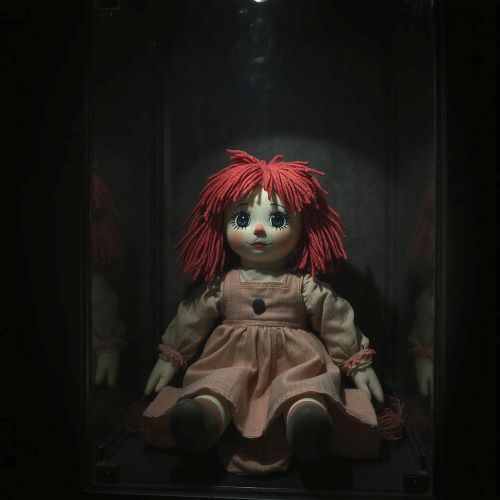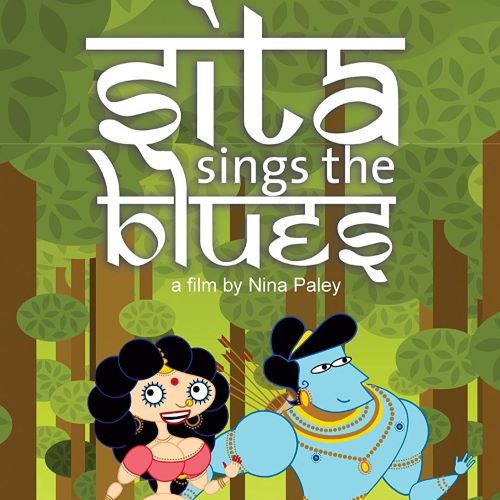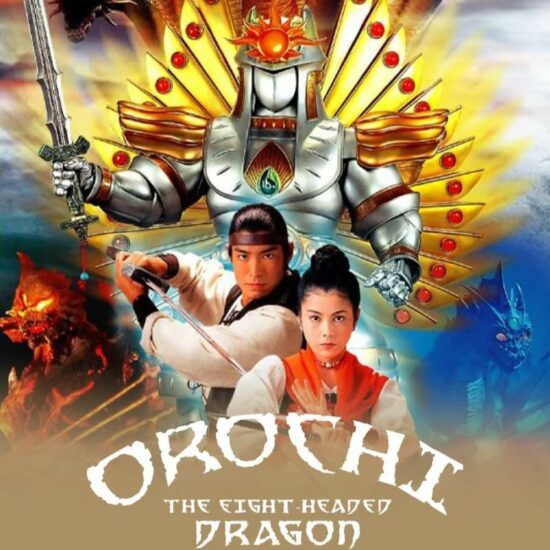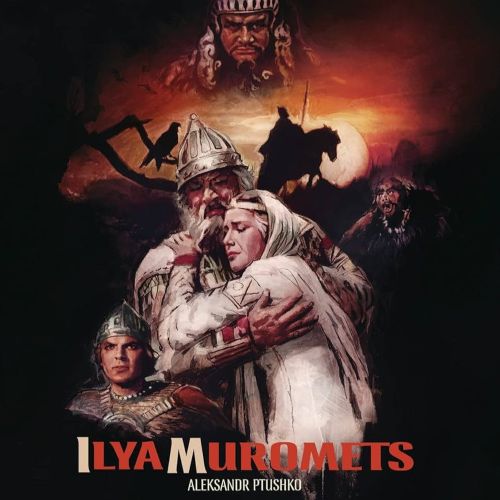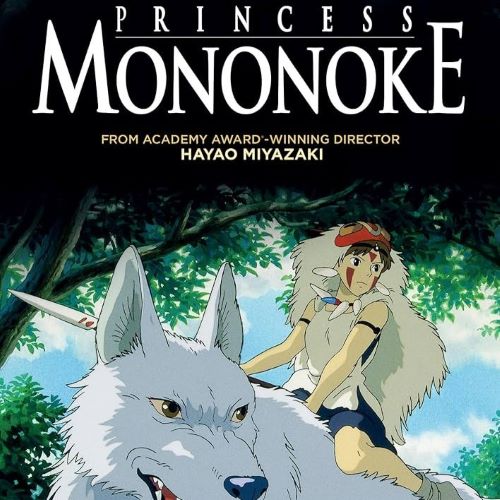Ramayana: The Legend of Prince Rama (1993)
| Description | |
|---|---|
| Country of Origin | Japan |
| Language | Japanese, English, Hindi |
| Genre | Anime |
| Cast | Arun Govil, Edie Mirman, Rael Padamsee, Namrata Sawhney, Uday Mathan, Shatrughan Sinha, Amrish Puri |
| Directed by | Ram Mohan, Yûgô Sakô, Koichi Saski |
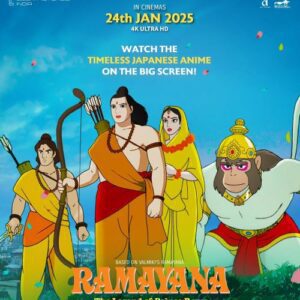
Ramayana: The Legend of Prince Rama (1993) is a visually stunning animated adaptation of the Hindu epic Ramayana, co-produced by India and Japan. Directed by Yugo Sako and Ram Mohan, this film offers a faithful retelling of the story of Prince Rama, his exile, the abduction of Sita by Ravana, and the eventual battle to rescue her. While the animation and storytelling are noteworthy, the movie’s greatest strength lies in its ability to capture the mythological essence of the Ramayana and bring it to life in a way that is both engaging and respectful to the source material.
One of the most commendable aspects of Ramayana: The Legend of Prince Rama is its adherence to the original Sanskrit epic, primarily based on Valmiki’s Ramayana. Unlike many later adaptations that modify events for dramatic effect, this film remains largely true to the epic’s structure, emphasizing dharma (righteousness) and duty. Rama is depicted not just as a noble prince but as an incarnation of Lord Vishnu, adhering to the traditional Hindu belief that Vishnu descends to restore cosmic order. His divine nature is subtly hinted at rather than explicitly shown, allowing the audience to experience his journey as both human and godly. Ravana is portrayed with grandeur and intelligence, rather than being reduced to a mere villain. His ten heads, symbolizing his vast knowledge and ego, and his devotion to Shiva are briefly touched upon, maintaining the mythological depth of his character. Hanuman’s portrayal as a divine devotee is one of the highlights, showcasing his immense strength and unwavering loyalty to Rama. The Vanara army, led by Sugriva, is given an important role, as per the epic’s descriptions. The exile of Rama, his trials, and the emotional depth of Sita’s abduction are treated with great reverence, capturing the weight of these pivotal moments.
At its heart, Ramayana is a tale of duty, devotion, and the eternal battle between good and evil. The film captures these themes effectively through Rama’s unwavering commitment to righteousness, Hanuman’s intense devotion, and Ravana’s ultimate downfall as a result of his unchecked ambition and ego. The karmic consequences of one’s actions are subtly woven into the narrative, reflecting the essence of Hindu philosophy. The film successfully conveys the idea of dharma through Rama’s choices, highlighting his role as a just ruler, a dutiful son, and an ideal warrior.
The animation, influenced by both Japanese anime and Indian artistic traditions, brings a unique visual aesthetic to the story. The kingdom of Lanka is depicted as an advanced and opulent city, consistent with mythological descriptions of Lanka as a golden city built by Vishwakarma. Hanuman’s legendary leap across the ocean is animated with an appropriate sense of grandeur, giving viewers a powerful visual of one of the most iconic moments in the epic. The climactic battle between Rama and Ravana is given the scale it deserves, featuring divine weapons, celestial intervention, and an intense confrontation that mirrors the descriptions found in the scriptures.
Ramayana: The Legend of Prince Rama stands out as one of the most authentic animated adaptations of the Ramayana. Its commitment to preserving the mythological integrity of the epic, combined with impressive animation and a moving soundtrack, makes it a must-watch for enthusiasts of Hindu mythology. While some might argue that certain philosophical aspects of the Ramayana are condensed for the sake of runtime, the film succeeds in capturing the essence of the legend. For those looking for a cinematic experience that respects the mythology while making it accessible to a wider audience, this film is a perfect choice.




